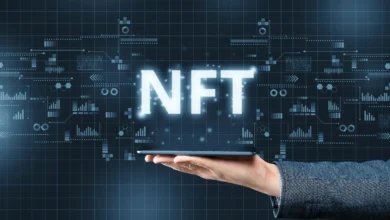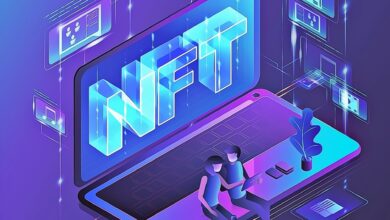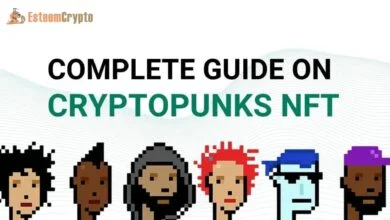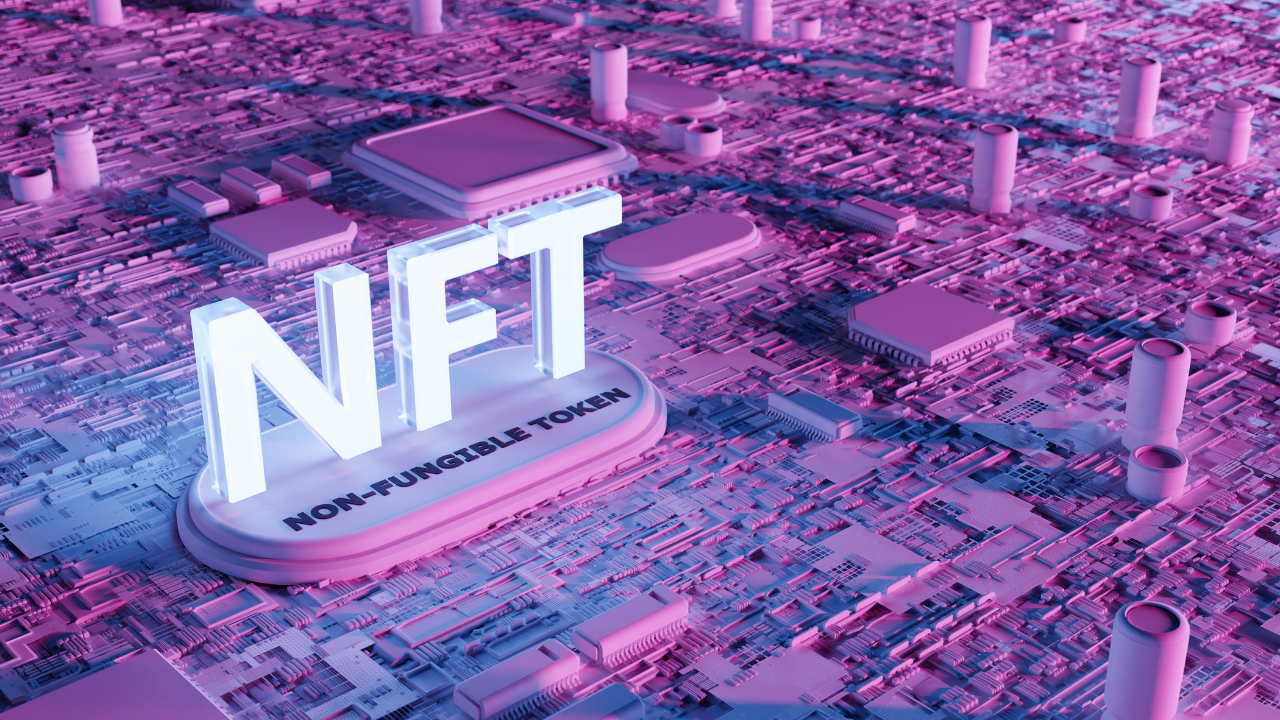What Is NFT A Complete 2025 Guide to Non-Fungible Tokens
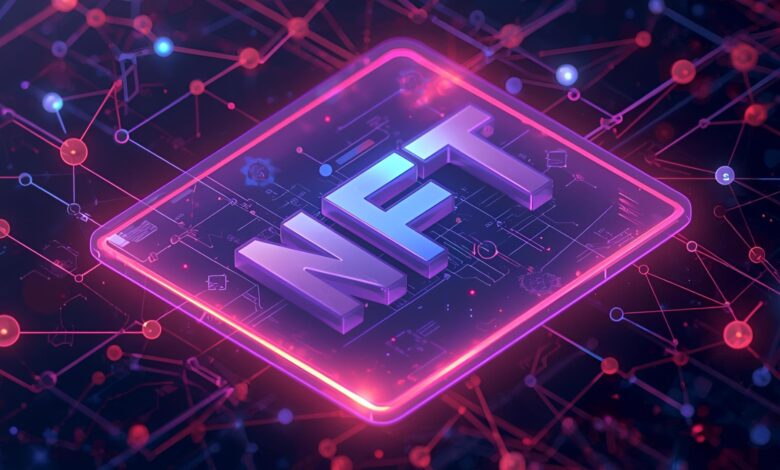
If you’ve ever wondered what NFTs are, you’re not alone. In just a few years, non-fungible tokens moved from niche developer circles to mainstream headlines, reshaping digital ownership for art, gaming, music, tickets, and even real-world assets. But beyond the buzz, there’s a simple core idea: an NFT is a unique digital token on a blockchain that can represent ownership of something—often a digital file, sometimes a right or claim tied to a real object. That uniqueness is cryptographically verifiable, portable across apps that recognise the standard, and tradable on open marketplaces. On Ethereum, the most popular network for NFTs, standards such as ERC-721 and ERC-1155 define how NFTs are created, transferred, and recognised by wallets and marketplaces.
In this in-depth guide, you’ll learn what NFTs are in practical terms, how minting and trading work, why standards matter, where NFTs are used beyond collectibles, the environmental progress since Ethereum’s Merge, and the key legal and tax issues anyone should know. Whether you’re a creator, a brand, a developer, or a curious investor, this is your plain-English, SEO-optimised yet human guide to non-fungible tokens in 2025.
What is an NFT The definition that matters
An NFT (non-fungible token) is a unique digital identifier recorded on a blockchain, used to prove ownership and authenticity of an item. Unlike cryptocurrencies such as ETH or USDC, which are fungible (each unit is interchangeable), an NFT is one-of-one (or part of a limited edition), with an on-chain identifier that distinguishes it from every other token. This uniqueness is what makes NFTs suitable for assets like artwork, collectibles, in-game items, identity credentials, or event tickets.
On Ethereum, the ERC-721 standard introduced a common interface for non-fungible tokens, enabling wallets and marketplaces to display and transfer them consistently. ERC-1155 later extended the concept, supporting both fungible and non-fungible items under one contract, which is especially efficient for gaming and large collections.
Fungible vs. non-fungible, in everyday terms
When you spend a $10 bill, you don’t care which specific bill you hand over—that’s fungibility. But if you own a limited-edition print #1/100 signed by an artist, you care about that exact item—that’s non-fungibility. NFTs encode that same kind of uniqueness in a digital token, and the blockchain acts as the shared record of provenance.
How NFTs work under the hood
The smart contract for a collection defines how tokens are minted, transferred, and queried (for example, “who owns token #123?”). Each token ID within that contract represents one NFT. Metadata—such as the title, image link, traits, or animation—typically lives off-chain on systems like IPFS or Arweave, referenced by a tokenURI stored on-chain. Standards like ERC-721 specify required and optional functions so that wallets and marketplaces can interoperate out of the box.
ERC-1155 aggregates many token types in one contract, allowing batched transfers and mixed fungible/non-fungible inventories—handy for games with currencies, consumables, and unique items all together. This reduces transaction costs and operational complexity.
The role of Ethereum’s Merge in the NFT story
On September 15, 2022, Ethereum shifted from proof-of-work to proof-of-stake in an upgrade known as The Merge, reducing the network’s energy consumption by ~99.95%. That change dramatically addressed one of the largest criticisms of NFTs—environmental impact—without altering how users mint or trade.
Minting: how an NFT is created
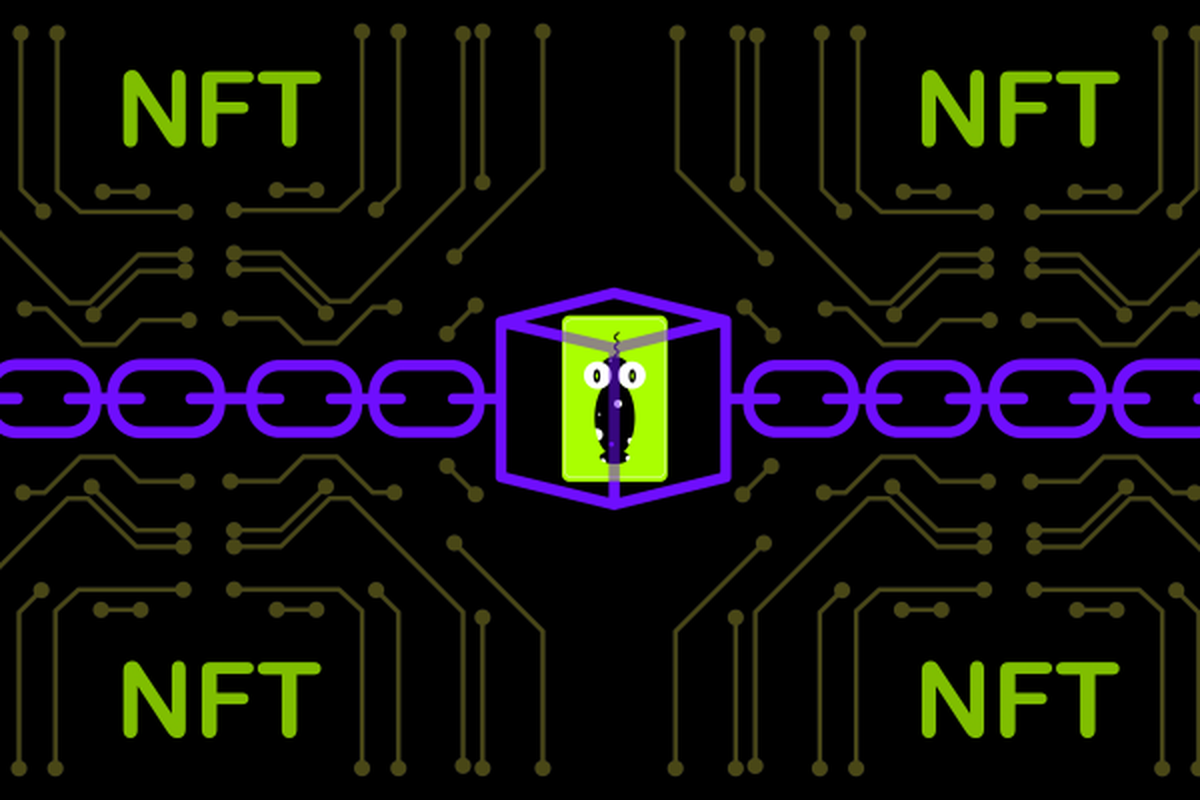
To “mint” is to create a new token on the blockchain, assigning it an owner and metadata. Minting can happen directly through a project’s website (via its contract) or on a marketplace’s creation tools. Historically, so-called lazy minting let creators publish items that weren’t written on-chain until the first purchase, reducing upfront gas fees—though tooling evolves, and major platforms like OpenSea have updated their minting flows over time.
If you’re trying to understand what NFTs are from a creator’s perspective, the practical steps are: set up a wallet (e.g., MetaMask), fund it with the right network token (e.g., ETH on Ethereum or MATIC on Polygon), connect to a marketplace or mint site, and follow the project’s mint process. Wallet and marketplace guides cover best practices for approvals, gas fees, and confirming ownership after purchase.
Wallets, storage, and security
Your NFT wallet is the interface that holds the private keys controlling your tokens. Many users mix a convenient hot wallet (browser or mobile) with a hardware wallet for cold storage. Good hygiene includes using separate wallets for minting vs. long-term holding, checking contract permissions, and storing seed phrases offline. Guides from reputable sources explain wallet setup and connecting to marketplaces; educational articles describe how IPFS is used to store NFT media and metadata off-chain.
Where NFTs are used today (beyond profile pictures)
Early hype revolved around digital art and collectibles, but the technology is broader. Today, NFTs are being explored for event tickets (to curb fraud and enable resale rules), gaming (tradable in-game items), loyalty programs, music fan passes, real estate titles, supply chains, and identity credentials. The common thread is verifiable, portable ownership with programmable rules. Industry explainers and case studies across publications highlight how NFTs are moving from novelty to utility.
Art and media
For artists and brands, NFTs can bundle media, access, and community perks. While headline resale profits cooled after the 2021–22 boom, the format remains a flexible way to package digital scarcity, memberships, or token-gated experiences.
Gaming and virtual goods
Games use ERC-1155 to manage mixed inventories and enable secondary markets for items. This creates liquid, player-owned economies—but also requires thoughtful design to keep games fun and fair.
Tickets and memberships
Tokenised tickets promise instant authenticity checks, dynamic perks, and automated resale rules. Because an NFT is programmable, you can enforce dates, geofencing, or benefits across platforms that recognise the contract.
Real-world assets and supply chains
Beyond media, NFTs can represent claims on physical objects or encode serial numbers for traceability. While legal infrastructure is still maturing, pilots show how on-chain proofs can complement traditional registries.
Marketplaces, fees, and royalties
Most users encounter NFTs on marketplaces such as OpenSea (and others). You connect your wallet, browse collections, and either buy listed items or bid in auctions. Transactions incur network fees (“gas”), and platforms may charge commissions.
One sensitive topic is creator royalties—a percentage intended to be paid to the original creator on each resale. In 2023, amid market competition, major platforms shifted from strict on-chain enforcement toward optional royalties, retiring tools like OpenSea’s Operator Filter. This sparked debate and pushed some brands to explore new, enforceable approaches or custom marketplaces. It’s a reminder that royalties are marketplace policy more than a base-layer guarantee.
Legal and tax considerations (don’t skip this)
Two big questions loom for anyone serious about NFTs: what legal rights do you actually get, and how are NFTs taxed?
In England and Wales, the Law Commission concluded in 2023 that many digital assets, including NFTs, can be recognised as objects of personal property rights, while recommending targeted statutory reforms to clarify grey areas. In 2024, a supplemental report and draft bill on digital assets as personal property followed. This underscores that law is catching up, but specifics (like IP rights or remedies for hacks) can vary by jurisdiction.
In the United States, the IRS signalled in Notice 2023-27 that some NFTs may be treated as collectibles under Section 408(m), affecting long-term capital gains rates and retirement-account rules. Treatment depends on the underlying asset the NFT references. Until final guidance is issued, consult a tax professional on your facts.
The takeaway: when you ask what an NFT is in a legal sense, the answer includes the token and the license or rights attached. Read the collection’s license terms; some grant commercial rights to holders, others are strictly personal-use. When in doubt, get counsel.
Risks you should understand
Even if you’re bullish on the tech, risk is part of the reality:
Speculation and illiquidity. Prices can be volatile, and many collections may never recover peak valuations. Some analyses found large shares of collections with little to no market value during down cycles.
Smart-contract vulnerabilities and scams. Malicious approvals, fake mint links, and phishing remain common. Use hardware wallets, verify contract addresses, and limit approvals to trusted applications.
Off-chain dependencies. If media is stored off-chain and not pinned persistently, links can break. Prefer projects with robust storage strategies (e.g., IPFS with strong pinning or Arweave).
Policy changes. As royalty policies showed, marketplace rules can change, affecting creator revenue models.
Benefits when NFTs are used well
Despite risks, NFTs bring several enduring advantages:
Verifiable digital ownership. Anyone can check the chain to verify provenance and current ownership, enhancing trust across apps.
Interoperability. Standards like ERC-721 and ERC-1155 let any compliant wallet or marketplace recognise and transfer tokens—critical for an open ecosystem.
Programmability. Tokens can encode access control, time-locks, whitelists, trait-based perks, and more—extending beyond static media.
Energy progress. Ethereum’s 99.95% energy reduction post-Merge makes NFTs far less carbon-intensive than during the early boom years.
Also Read: What are NFTs and why are some worth millions
Trying your first NFT (safely)
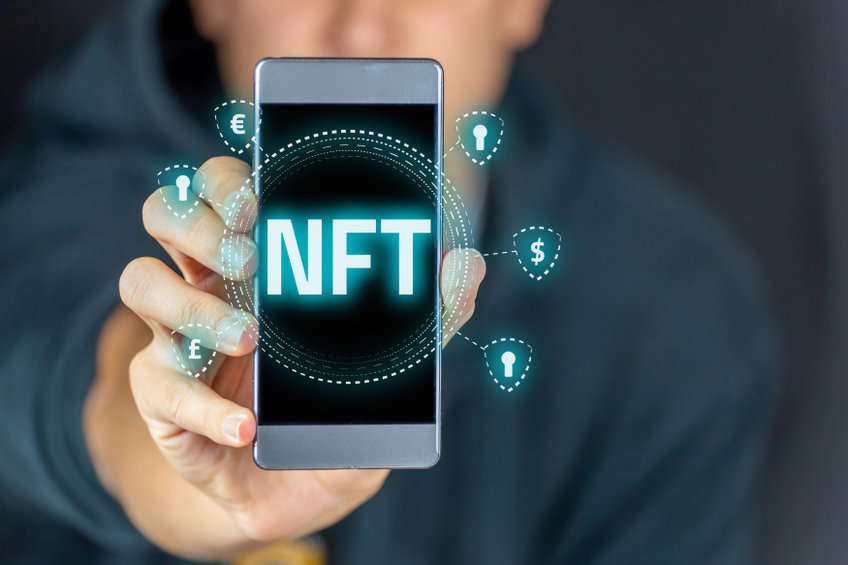
If you’re ready to move from learning what NFTs are to trying one, here’s the high-level flow:
-
Install a wallet (e.g., MetaMask) and protect your seed phrase offline.
-
Fund the wallet with the right network token for gas (e.g., ETH).
-
Connect to a reputable marketplace or mint page and review the collection’s contract address and license.
-
Mint or buy, then verify the NFT in your wallet and on the block explorer.
-
Store long-term with a hardware wallet or vault strategy; understand IPFS links for your token’s media.
Frequently asked questions about wFTs.
Q: Is an NFT the same thing as the digital file?
No. The NFT is a token—a unique entry on a blockchain pointing to metadata (which can include a link to a file). Owning the token signals ownership as defined by the project’s license, but it doesn’t automatically grant you copyright unless explicitly stated. Always read the license terms for the collection.
Q: Are NFTs bad for the environment?
Ethereum’s switch to proof-of-stake reduced energy use by around 99.95% in September 2022. NFTs on EEthereumm, therefore, have a far smaller energy footprint than during the early years; scaling updates continue to improve efficiency.
Q: Do I get royalties if I sell my NFT later?
Royalties are generally a creator feature—set by a project to pay the original creator on resales. Whether royalties are enforced depends on one marketplace policy. In 2023, some major platforms made royalties optional, prompting alternative, enforceable approaches by certain brands and new marketplaces.
Q: How are NFTs taxed?
In the U.S., the IRS has indicated that some NFTs may be treated as collectibles, which can carry different long-term capital gains rates and affect IRA rules. Tax treatment depends on the underlying asset and facts; consult a professional for your situation.
Q: What standards should I know besides ERC-721?
ERC-1155 is key if you care about efficient, mixed inventories (great for games and large collections). It allows fungible and non-fungible items under one contract and supports batch transfers.
Conclusion
Understanding what NFTs are today means seeing beyond hype cycles. At its heart, an NFT is a portable, verifiable digital ownership record that applications can read and respect. Thanks to common standards like ERC-721 and ERC-1155, NFTs interoperate across wallets and marketplaces; thanks to The Merge, they do so with a vastly reduced environmental footprint. As legal frameworks evolve and marketplaces refine policies, the most durable NFT uses will be those that pair clear rights with real utility—from tickets and memberships to gaming, brand loyalty, and identity credentials.
Whether you’re minting your first non-fungible token, launching a collection, or building an app, approach NFTs with security best practices, realistic expectations, and an eye for long-term value. Done right, NFTs are not just collectibles; they’re a flexible building block for the ownership layer of the internet.

